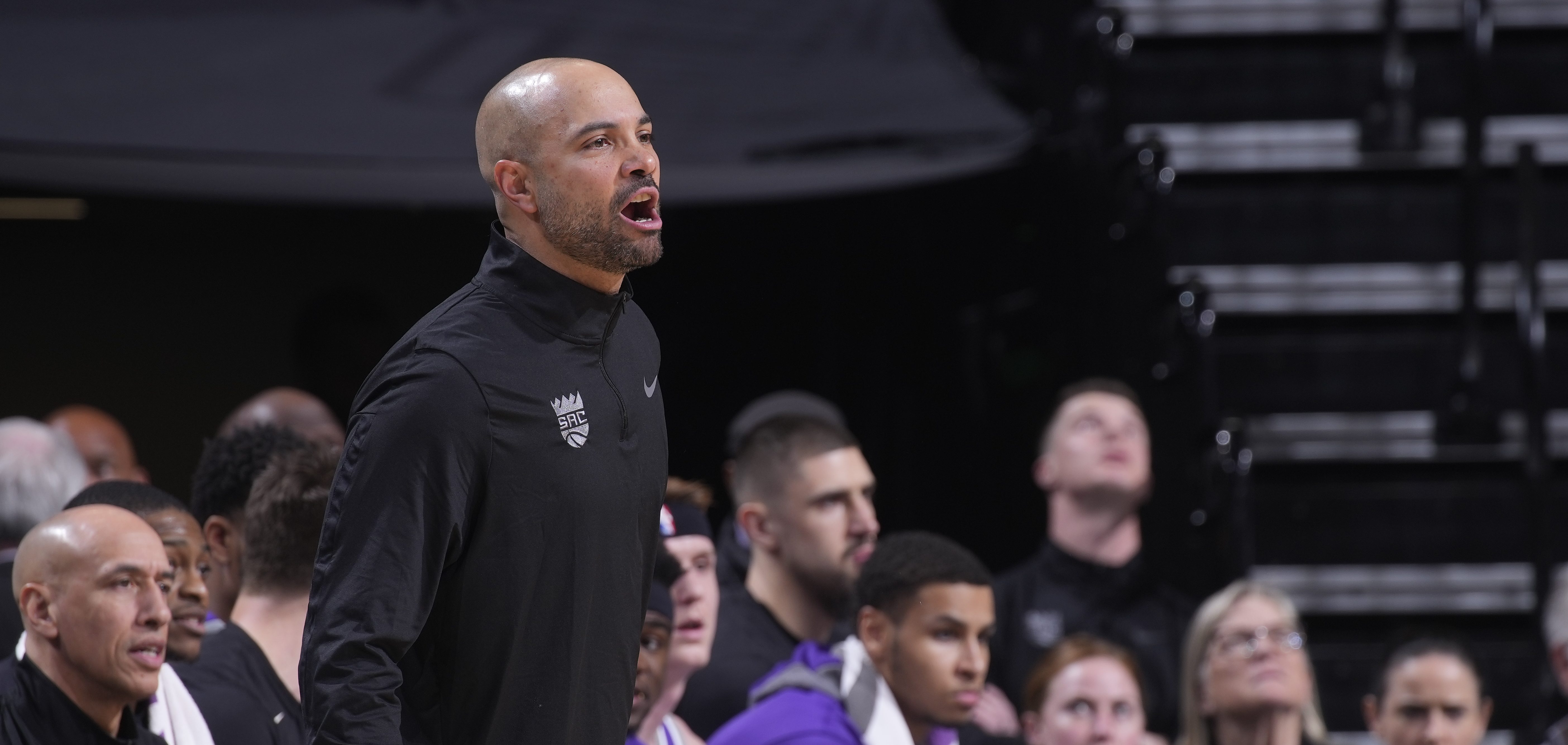
Overtime in the Stanley Cup Playoffs has to be one of the most exciting parts of hockey.
Each year, eight teams from each conference face off in the postseason to attempt to clinch the Stanley Cup. With that respected trophy on the market, comes immense pressure.
Hockey is an exciting game in itself, but when tiebreakers occur, the thrill is that much more electrifying.
With the 2021-22 NHL playoffs on the rise, the first overtime debacle will showcase itself soon enough.
We're making it easier for you to find stories that matter with our new newsletter — The 4Front. Sign up here and get news that is important for you to your inbox.
Here is everything you need to know about NHL overtime rules in the postseason:
What are the overtime rules for the Stanley Cup Playoffs?
In the postseason, the rules are different. Overtime is played at five-on-five and the periods are 20 minutes long like a normal period. It remains sudden death, so the first team to score wins the game.
Sports
There is no shootout, so if the first overtime period ends without a goal, then the game will move to a second overtime with the same format. This continues until a goal is scored.
What are the overtime rules in the regular season of the NHL?
If the score remains tied after three periods, the game goes to overtime. Overtime is a five-minute period where the first team to score wins the game.
The overtime period is played three-on-three, with each team having three skaters on the ice. For years, there were four skaters on each side, but the NHL adopted the three-on-three format at the start of the 2015-16 season.
If a penalty occurs, the team that goes on the power play gains a skater. Therefore, it will be four-on-three during the duration of the penalty. If the team on the penalty kill commits another penalty, then it goes to five-on-three.
When the penalty expires, that player can go on the ice and the teams will play even strength at four-on-four until the next whistle. Then, the game resumes to three-on-three.
What happens if no team scores in overtime?
If the game is still tied after overtime, then it goes to a shootout.
Each team alternates a player coming down alone on a goalie and attempting to score. Three rounds will be played to determine a winner.
If the shootout score is tied after the three rounds, it moves to sudden death rounds, where each team gets a shot to win until one team scores and the other doesn't.



